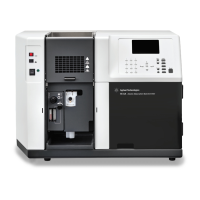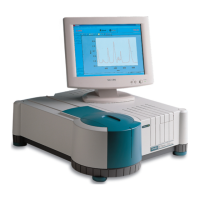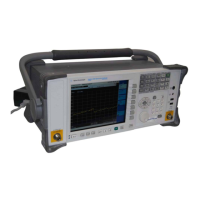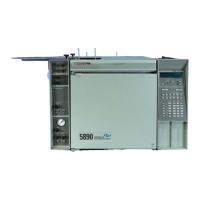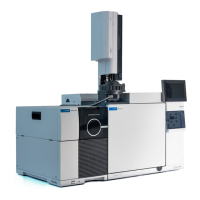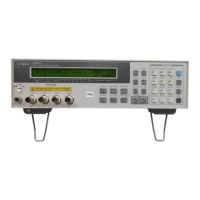Introduction 1
5977B Series MSD Troubleshooting and Maintenance Manual 17
Electron Ionization (EI) systems
EI systems ionize sample molecules by bombarding them with electrons. The
ions, including fragments, are drawn into the quadrupole analyzer where they
are separated by their mass-to-charge (m/z) ratios and detected.
There are three types of electron ionization sources available: the standard EI
ion source, which is available in stainless steel or inert material, the extractor
EI ion source (XTR) and the high efficiency ion source (HES).
Chemical Ionization (CI) systems
CI systems use a reagent gas as an intermediate between the electrons and the
sample. CI is more gentle than direct electron bombardment.
The CI hardware allows the 5977B Series MSD to produce high-quality,
classical CI spectra, which include molecular adduct ions. A variety of reagent
gases can be used.
In this manual, the term CI MSD refers to the upgraded G7077B, the upgraded
G7078B, or the upgraded G7079B MSD. It also applies, unless otherwise
specified, to the flow modules for these instruments.
The 5977B Series GC/MS CI system adds the following to the 5977B Series
MSD:
• An EI/CI GC/MSD interface
• A reagent gas flow control module
• A bipolar HED power supply for PCI and NCI operation
A required methane/isobutane gas purifier is provided. It removes oxygen,
water, hydrocarbons, and sulfur compounds.
A high vacuum gauge controller (G3397B) required for CI MSD is also
recommended for EI.
The MSD CI system has been optimized to achieve the relatively high source
pressure required for CI, while still maintaining a high vacuum in the
quadrupole and detector. Special seals along the flow path of the reagent gas
and very small openings in the ion source keep the source gases in the
ionization volume long enough for the appropriate reactions to occur.
The CI interface has special plumbing for reagent gas.
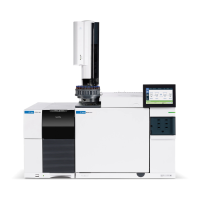
